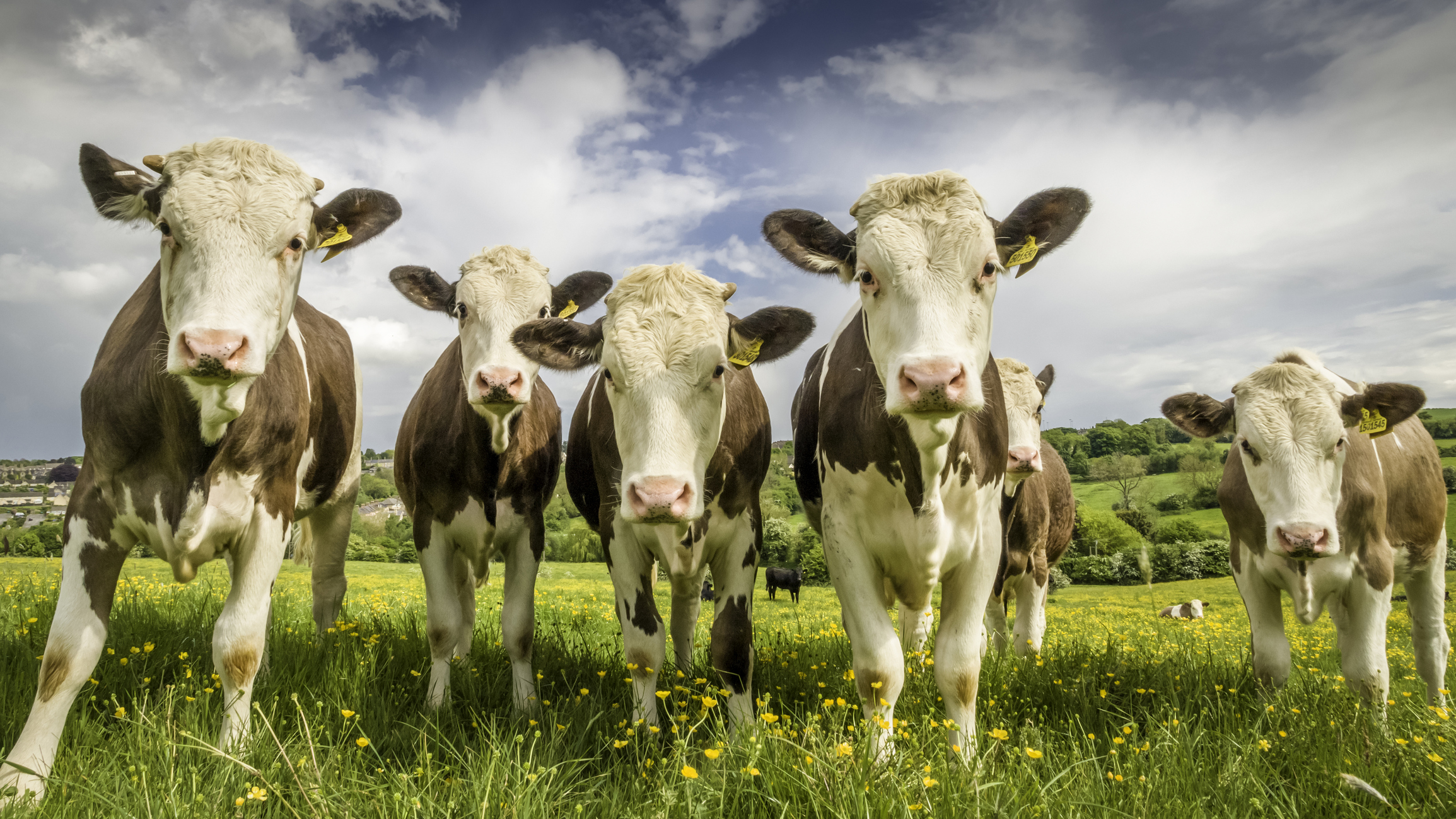Let's talk about lab water
Let's talk about lab water

Agriculture accounts for over two-thirds of the world’s water usage. Globally, this is estimated to be about 480 to 600 cubic miles of freshwater per year, which is the equivalent volume of approximately one billion Olympic-sized swimming pools.
Where does all this water go? Although most of the water needed for agriculture is provided by rainfall, many world regions have insufficient amounts of rainfall to grow the required crop yield. As such, these regions must use irrigation to supply water to crops. Although irrigated crop fields represent only 16% of the world’s croplands, they produce 36% of the world’s food, making them an important global food source.
Compared to vegetable production, meat production uses up much more water, mainly through growing the crops required to feed livestock. For example, in the UK, producing one kilogram of beef requires about 15,000 liters of water, while one kilogram of tomatoes uses about 200 liters. Roughly, that’s the difference between using 200 bathtubs of water compared to three bathtubs.
There’s no doubt that we use a lot of water to produce food. However, water is increasingly becoming a limited resource in world agriculture for various reasons.
As the global population increases, so will its demand for food, and so too for water to grow it. It is estimated that water supplies for irrigation will need to rise by 11% to meet growth in food demand by 2050, although this estimate assumes that water use will be more efficient in future than it is now.
Currently, we waste vast amounts of the freshwater we withdraw for agricultural purposes. For example, about 60% of water intended for irrigation never reaches crops because of water loss during transport and pumping, and through evaporation and deep infiltration. In addition, much of the rainfall that could be used for irrigation is lost through runoff and infiltration into eroded soil.
Water seepage from irrigation into upper soil levels can result in waterlogged “wet deserts” that reduce crop yields. As such, irrigated land is expanding yet its productivity is decreasing worldwide.
Water use in many regions of the world is also not sustainable. High withdrawal rates from aquifers for irrigation means that groundwater supplies are being depleted faster than they can be replenished by rainfall. This issue is magnified considering that the surface soil area sinks around some mined aquifers so that they cannot be refilled.
Considering the pertinent issues threatening water availability in agriculture, water conservation practices need to be implemented by all farmers worldwide. Already, new precision and automated farming technologies are promising to help improve agricultural water management, such as robot-assisted precision water delivery systems and other ‘e-agricultural’ systems.
Another way forward is through direct government intervention, such as through funding initiatives to conserve depleted groundwater aquifers. Moreover, limiting or even abolishing government subsidies for water (and other agricultural resources), would incentivize farmers to reduce costs by improving water conservation and other agricultural practices, as exemplified in New Zealand. This funding could instead be allocated to farmers for implementing better water management practices, such as Natural England’s Water Capital Grant Scheme in the UK.
Advances in research and evidence-driven policies have also begun to drive forward new water conservation practices in agriculture. For example, in the UK policy proposals include increasing vegetative cover and conducting sound forest management on farms to slow water runoff and to reduce soil erosion, water pollution and evapotranspiration. Other proposals in the UK include providing farmers with guidance on building and improving on-farm reservoirs and encouraging collaborative water management among local farms.
On a wider scale, a number of regulations regarding water conservation have been put in place, such as the European Commission’s Water Framework Directive and cross-compliance network, to promote sustainable agriculture, including water management.
High levels of water wastage and lack of sustainable water use poses a serious threat to water supplies in world agricultural regions, especially for irrigation. Great strides have already been made towards sustainable water use in agriculture, but there’s still a great deal more to be done. Clearly, providing adequate quantities of pure freshwater to produce enough food for our growing population is a major problem that needs to be quickly and effectively resolved.